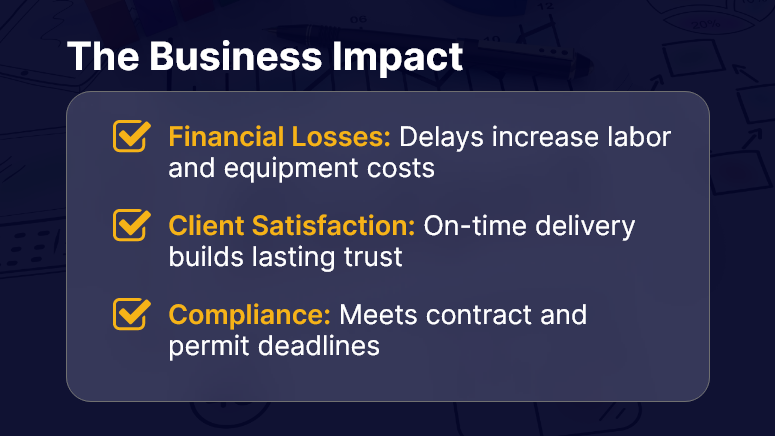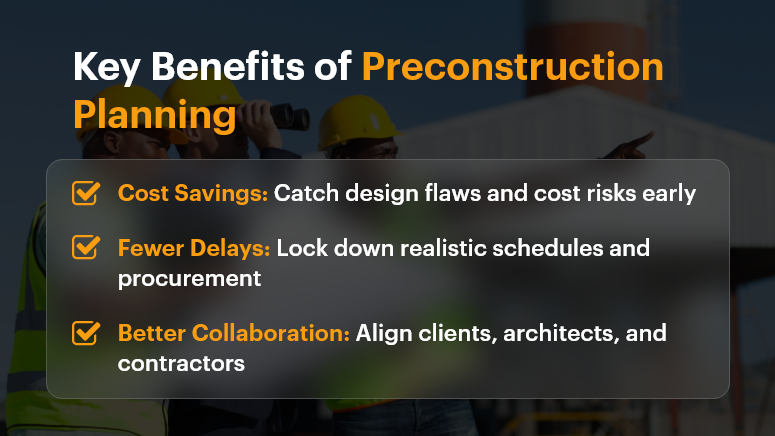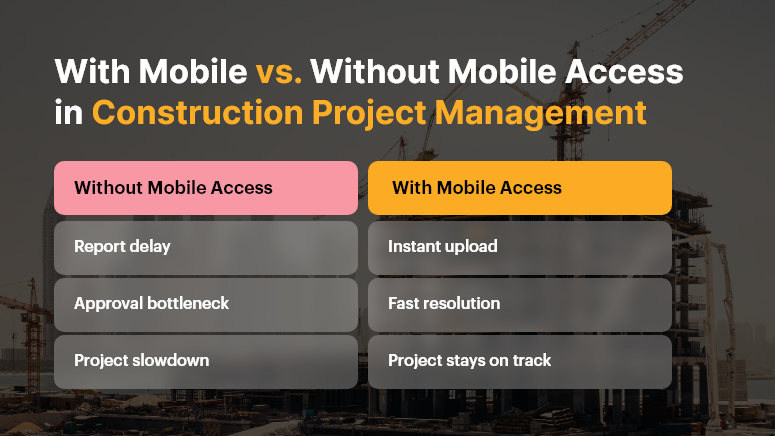Did you know that 72% of construction projects face delays due to poor scheduling and unrealistic timelines? Every missed milestone costs more than just money—it damages reputation, client trust, and future opportunities.
Creating a realistic construction timeline isn’t just about dates on a calendar—it’s about aligning resources, managing risks, and keeping every stakeholder accountable. In today’s fast-moving industry, sticking to your schedule can mean the difference between profitable delivery and costly overruns.
In this blog, we’ll break down how to plan a practical construction timeline, avoid the usual pitfalls, and ensure your team sticks to it — while showing how OConstruction’s integrated platform makes the process faster, easier, and more accurate.

Why a Realistic Construction Timeline Matters
A construction timeline is more than a schedule—it’s the operational backbone of your project. Without it, tasks overlap unnecessarily, resources sit idle, and deadlines slip through the cracks.
The Business Case
- Financial Impact – Every day of delay can mean thousands in additional costs, from labor to equipment rentals.
- Client Satisfaction – Delivering on time builds trust and increases repeat business.
- Regulatory Compliance – Many projects must meet strict deadlines to comply with contracts or permits.
Who Benefits the Most?
- Project Managers – Gain better control over schedules and resource allocation.
- Construction Companies – Improve profitability by minimizing idle time.
- Clients & Developers – Get projects completed on time and within budget.
Common Problems Without a Proper Timeline
- Unrealistic Deadlines – Overpromising leads to missed milestones and frustrated clients.
- Poor Resource Allocation – Having the right materials and labor at the wrong time causes bottlenecks.
- No Accountability – Without clear visibility, no one knows who’s responsible for delays.
OConstruction addresses these pain points with tools for construction scheduling, milestone tracking, and real-time progress monitoring, making it easier to plan and stick to your commitments.
Best Practices & Actionable Strategies for a Rock-Solid Construction Timeline
1. Set Realistic Deadlines from the Start
- Avoid optimism bias. Base deadlines on historical data from similar projects.
- Include buffer time for weather, supply delays, and unforeseen issues.
- Use OConstruction’s project timeline management tool to visualize and adjust deadlines dynamically.
2. Break Down the Project into Milestones
- Divide work into smaller, trackable deliverables.
- Assign clear owners for each milestone to maintain accountability.
- With OConstruction, each construction milestone can be assigned, tracked, and reported in real time.
3. Prioritize Critical Path Activities
- Identify tasks that directly impact your delivery date.
- Allocate your best resources to these high-impact activities first.
- The platform’s Gantt chart view makes critical paths visible and easy to manage.
4. Avoid Overlapping Tasks Without Planning
- While some activities can run in parallel, ensure dependencies are clearly defined.
- Track and manage dependencies using OConstruction’s automated alerts and dependency mapping.
5. Communicate Clearly and Frequently
- Hold weekly progress meetings and daily check-ins for field teams.
- Share updates through OConstruction’s built-in communication tools for full transparency.
6. Monitor Progress and Adjust in Real Time
- Delays happen—what matters is how quickly you adapt.
- With construction schedule tracking, you can spot issues early and reallocate resources before it’s too late.
7. Learn from Every Project
- Conduct a post-project review to identify what worked and what didn’t.
- Feed this data into future timeline planning for construction projects for more accuracy.
Customer Success Story
For example, a mid-sized commercial construction company struggled with frequent delays due to poor visibility of scheduling. By switching to OConstruction’s construction scheduling feature, they were able to:
- Track progress across multiple sites in real time.
- Spot and resolve resource conflicts before they become delays.
- Reduce average project delivery time by 18% in the first year.
Here’s how: They implemented milestone tracking for every department, integrated supplier updates into the platform, and used real-time alerts to handle weather-related disruptions immediately. The result? Happier clients, improved profit margins, and a strong reputation for on-time delivery.
Key Takeaways
A realistic construction timeline is the foundation for delivering projects on time, within budget, and without unnecessary stress. By using tools like OConstruction’s project timeline management, you can avoid common scheduling pitfalls and keep your projects moving smoothly.
Actionable Points
- Plan realistically – Use historical data, not guesswork.
- Break down work – Smaller milestones are easier to manage and track.
- Prioritize critical activities – Keep your eyes on the tasks that matter most.
- Leverage digital tools – Manual tracking is outdated; real-time platforms win every time.
- Stay adaptable – A timeline is a living document, not a fixed set of dates.






